The FIA has revealed how work on next year’s new set of Formula 1 regulations is still being implemented, in order to avoid “unnatural things” on track.
2026 sees the introduction of a new era of F1, and with that, a new and unique challenge for the teams to develop their cars, and for the drivers inside.
The rules have been met with some trepidation already, with some drivers commenting on the differences they will face compared to this year’s challengers.
One of the significant differences is the equilibrium between internal combustion and electric power, which provides an additional conservation process for drivers.
This will enable teams to flex their nous on how well they have enhanced this area of the cars, according to the FIA’s Single-Seater Director Nikolas Tombazis.
“Obviously when you have a much bigger proportion of electrical power and a smaller proportion of ICE power, and you don’t have batteries that are discharging over the entire race distance, then energy management becomes a bit more of a challenge,” he told Autosport.
“Now the opportunity of these new cars for the participating manufacturers is to develop the batteries, the electrical systems, and so on.
“I think we will see some innovation on the electrical side of the engine next year, which I think will be good.
“But clearly there are some challenges with the energy management, and the noises that we hear are usually related to that.”
Drivers have already been vocal about some scepticism on how they will enjoy the cars, including Charles Leclerc, who said he was “not a fan” after an initial simulator run.
But Tombazis tried to quell the initial negativity, revealing the rules are still not yet honed and fine tuned.
“We haven’t finished the rules yet in that respect,” he added. “The rules are evolving and we knew of these issues from day one.
“The moment you reduce one power, and you increase the other one, we knew that there were issues to address.”
Tombazis explained there will be an “evolution” in how things lies between now and when cars first take to the track in anger in pre-season testing.
Despite having to consult the power unit manufacturers on these tweaks, he indicated that their usual ease of working with them should not cause too many issues.
“We have to go through an approval process with the PU manufacturers, so we can’t just unilaterally make a change tomorrow,” said Tombazis.
“But by and large, when we address specific problems, teams and PU manufacturers tend to be relatively helpful.
“I think what we have now and what we’ll have at the beginning of next year is not exactly the same thing.
“I’m not saying it will be completely different, but there will definitely be a lot of evolution between now and the start.”
Tombazis did admit that it “isn’t always easy to get everyone to agree, adding: “When teams and manufacturers discuss these matters, they think of a combination of the good of the sport and their own competitive position.
“Of course, one bit influences the other, so unavoidably, there will be different opinions.
“At the moment, the technical specification of the engines, the electrical part, and all of that is set in stone. That’s not changing.”
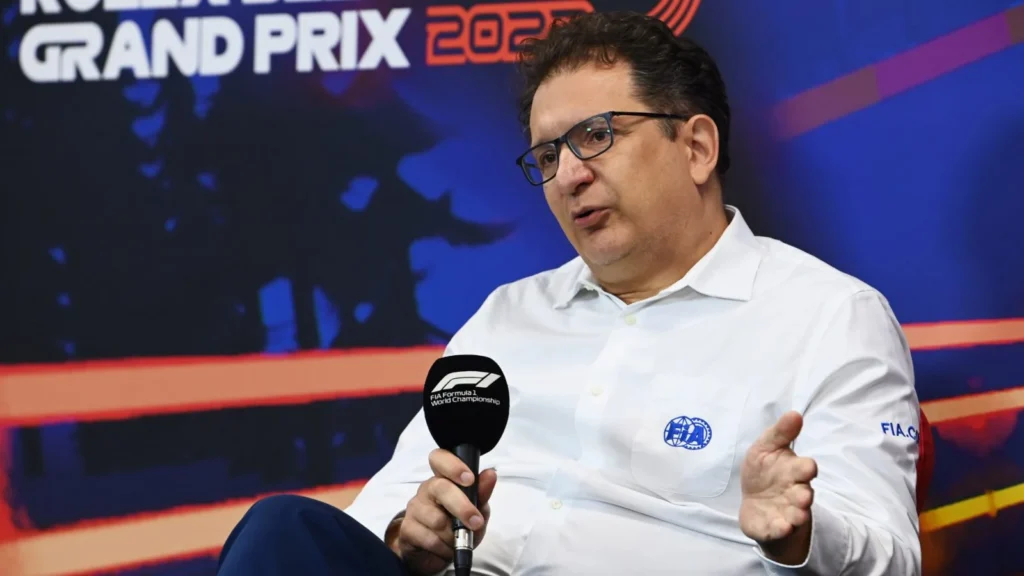
FIA will ensure ‘provisions’ will ensure no ‘funny things’ will happen on track
Tombazis explained that there is still a lot of experimentation going on behind the scenes at the FIA when it comes to the area of energy recovery in the cars.
“I think there’s a general feeling that all of these topics will have very strong levers on which to react,” he theorised.
“Those things have to do with the maximum power, how quickly it will reduce on the straights, the energy that you can recover, etc.
“There are all sorts of levers that we can play on, and that we are playing on.”
A concern is how drivers may have to perform lift and coast on straights during races, but Tombazis further revealed how work is being done to ensure this is will not happen.
“There will be quite a lot of new provisions in order to manage the energy better and to make sure that cars are not decelerating on the straights, doing funny things, or, let’s say, doing unnatural things,” he continued.
“What we don’t want, is a situation where they have to lift off, for example, on the straights or anything like that.
“We will absolutely, categorically, make sure that they don’t have to lift off in a particular area in order to do something with the energy or whatever.
“When they need to go faster, drivers will keep the pedal to the metal, as they say.”
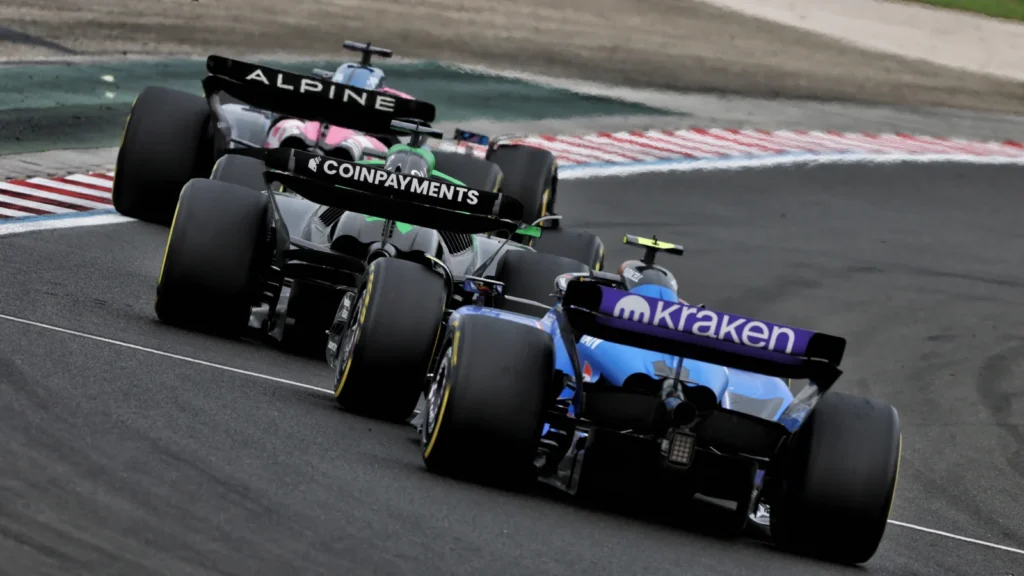
F1 drivers ‘only get a snapshot’ of what is to come from 2026 cars
Tombazis divulged that some teams and PU manufacturers are more willing to reveal their respective data from initial tests with the FIA than others.
“Some are very secretive about what they’re doing, while some others are very open and very helpful in proposing things,” he revealed.
“We are taking a lot of those ideas on board.”
Tombazis further emphasised that some of the apprehension conveyed by drivers from their early sim runs may come from a lack of the full picture.
“I think it’s important to convey that, because some people, including the drivers testing in the simulator, don’t follow the evolution of our discussions with the teams in detail,” he said.
“Maybe they only get a snapshot. But the reason they’re driving the simulator is precisely to identify these problems, so we can solve them.
“If we didn’t have drivers in the simulator, we wouldn’t have all this feedback.
“We can do quite a lot with simulations ourselves, but you actually need a driver in a car and get a lot of feedback. That’s what is going on these months.”
READ MORE – Lando Norris warns F1 must avoid ‘fake’ or ‘scripted’ racing with 2026 regulations

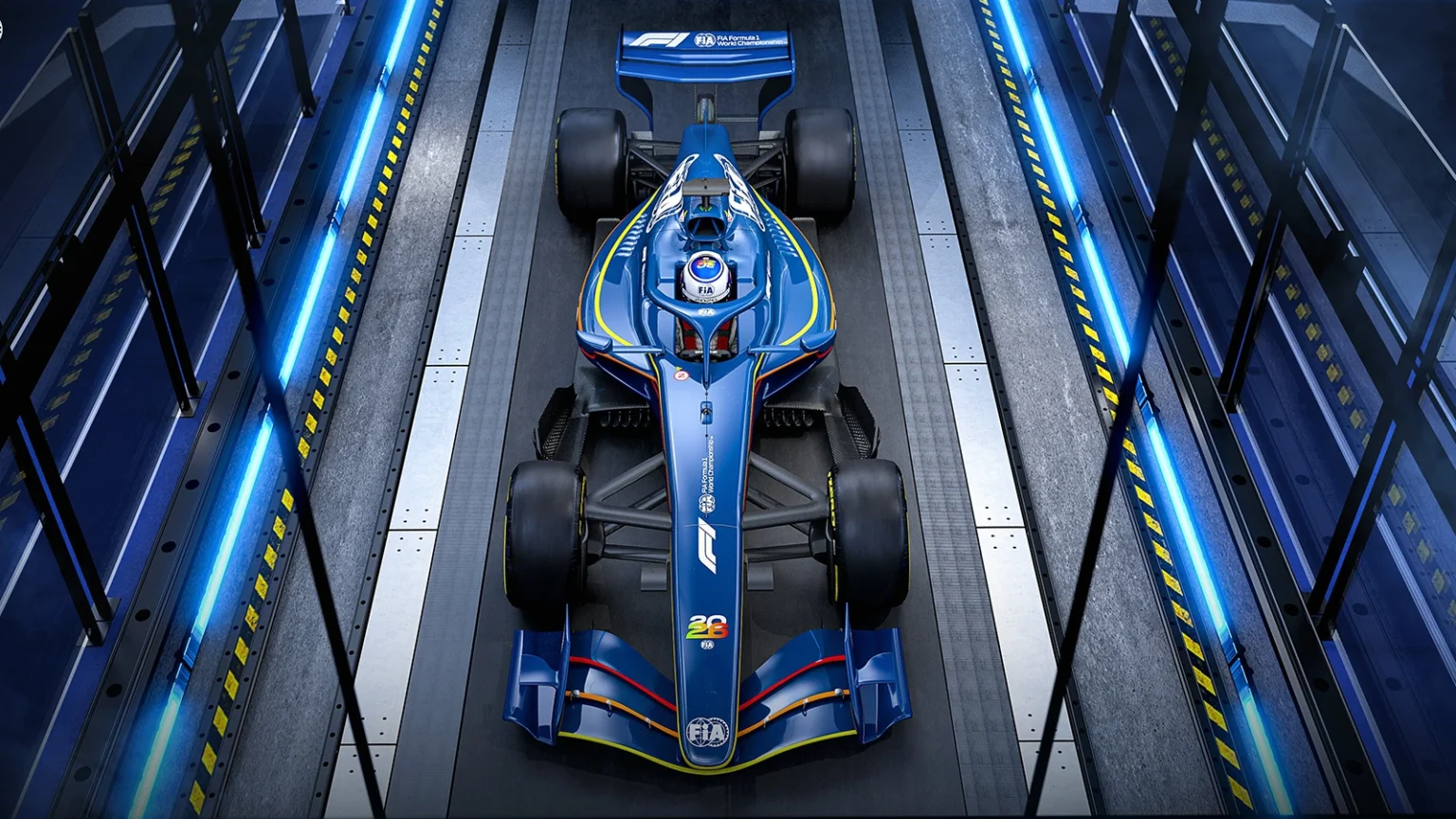


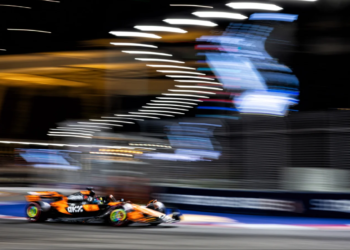
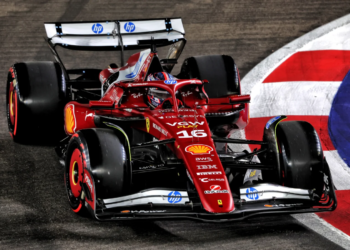
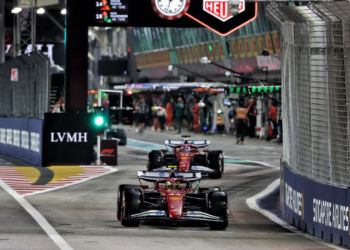
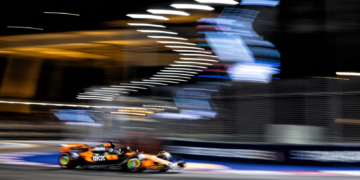

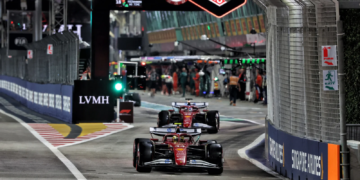
Discussion about this post